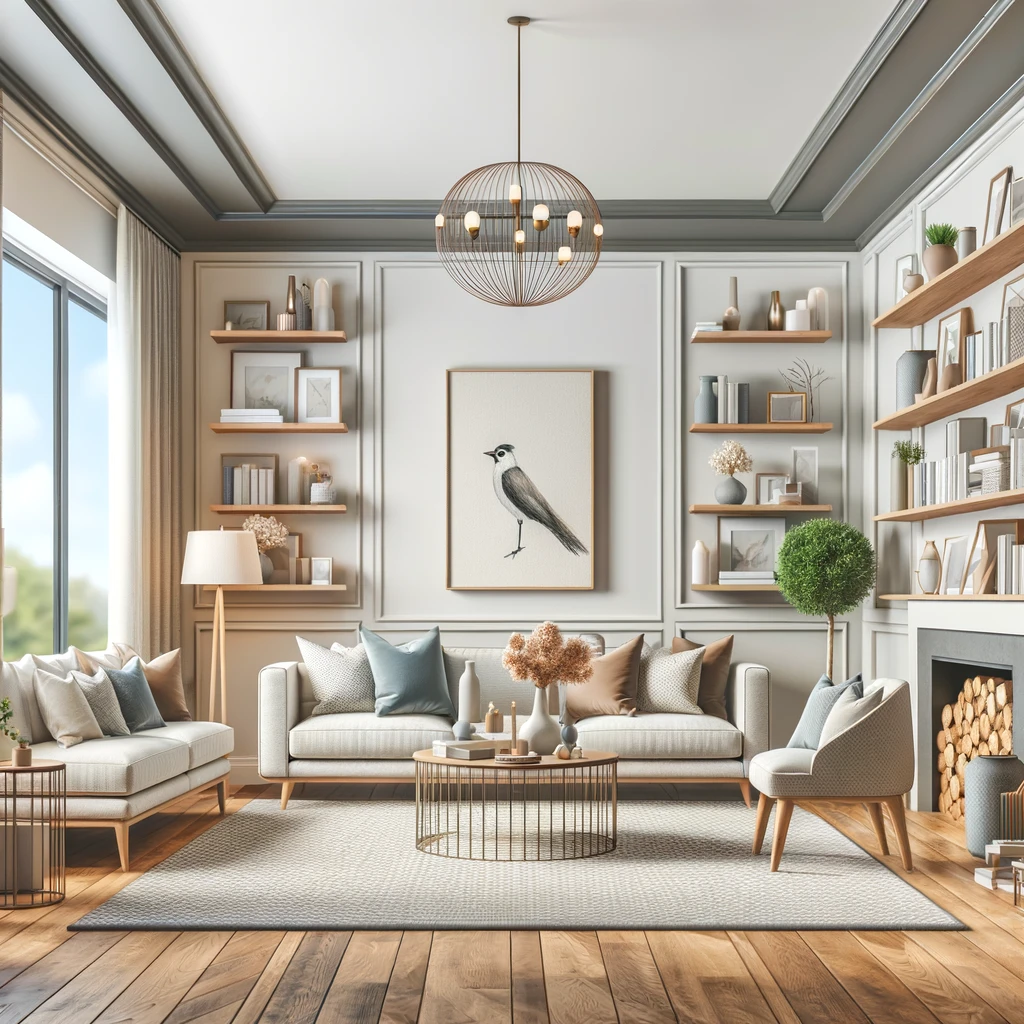Staging strategies for flipped houses is a crucial step in the selling process. It’s not just about making the home look aesthetically pleasing; it’s about creating a welcoming atmosphere that potential buyers can envision as their own. In this post, Flipsquad explores cost-effective staging strategies that can significantly enhance the appeal of your flipped property, potentially increasing the offer price without breaking the bank.
The Impact of Staging on the Offer Price
Let’s address the elephant in the room: does staging increase the offer price? The answer is a resounding yes. Staged flipped houses often sell faster and for a higher price. The exact increase can vary, but it’s not uncommon to see a 1-5% increase in the offer price compared to non-staged homes.
Time Well Spent
The time spent staging a flipped home can vary depending on several factors, such as the size of the property, the extent of staging required, and whether you’re doing it yourself or hiring professionals.
A professional staging company will complete the actual staging process in one to two days, equipped with the necessary furniture, accessories, and experience. However, this does not include the time spent planning and designing the staging, which can add additional days to the overall timeline. Hiring a professional staging company can be a smart investment.
These experts know exactly how to showcase a home’s strengths and minimize its weaknesses. The cost can vary, but the return on investment can be significant, especially in competitive markets.
If you’re staging the home yourself, it might take longer, especially if you’re repurposing your own furniture or sourcing items from different places. You’ll need time to plan the layout, arrange furniture, and add decorative touches.
This approach can save you rental costs and allows you to repurpose items creatively. However, remember the goal is to appeal to a broad audience, so choose neutral and modern pieces that enhance the space without overpowering it.
Cost-Effective Ideas and Strategies
- Concentrate your staging efforts on rooms with the most impact, like the living room, master bedroom, and kitchen.
- Use DIY decor and thrift store finds to add charm without spending a lot. Think of vases, lamps, and small pieces of artwork.
- Arrange living room furniture to create a conversation area and ensure the space’s flow is unobstructed. In bedrooms, the bed should be the focal point, and in the kitchen, clear countertops except for a few decorative items.
- Fill the air with freshly baked cookies from the oven as potential buyers walk in during an open house. This immediately grabs their senses.
Staging Strategies for Flipped Houses: The Scale of Furniture
- Choose furniture proportional to the room size. Opt for smaller or fewer pieces in smaller rooms to avoid making the space feel cramped. Conversely, in larger rooms, use appropriately sized furniture to avoid the space feeling empty or cold.
- Arrange furniture to showcase the room’s functionality while allowing for easy movement. For instance, create a comfortable seating area in living rooms that doesn’t block pathways. In bedrooms, ensure the bed is the focal point but doesn’t overwhelm the space.
- Consider the visual weight of the furniture. Lighter, less bulky pieces can make a room feel more spacious, while heavier, darker items can make it feel smaller. Use a mix of both to create balance.
- Use furniture of varying heights to create interest and draw the eye through the room. For example, combine tall bookcases or lamps with lower couches or coffee tables.
- Choose furniture that reflects the potential use of the space. For example, a well-placed desk in a small nook can demonstrate a potential office area or a comfortable armchair can create a reading corner.
- Opt for furniture in neutral styles and colors. While you want to avoid overly bland or generic looks, appealing to a wide range of tastes is important. Neutral furniture can be accented with colorful accessories for a touch of personality.
- Accessories can complement furniture and enhance the room’s overall appeal. Use cushions and art to add color and texture, but be careful not to clutter the space.
- Having fewer, well-chosen pieces is better than filling the room with furniture. Quality pieces, even if minimal, can elevate the room’s look and suggest a higher value for the home.
Remember, the goal of staging is to help potential buyers envision themselves living in the home. The furniture should enhance the space without dominating it, allowing the room’s potential to shine through.
Staging strategies for flipped houses don’t have to be expensive to be effective. By using smart, cost-effective strategies, you can significantly increase the attractiveness and value of your property.
And when you’re ready to move on to your next flipping project, Flipsquad is here to help keep your sales funnel full. Quickly find your next investment opportunity and continue creating beautiful, marketable homes that buyers will love.
Join Flipsquad today and let us help you turn your real estate visions into reality!

